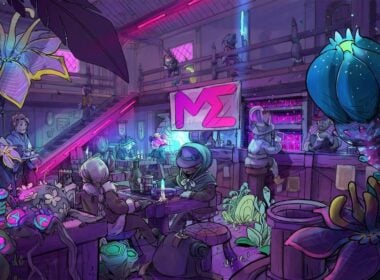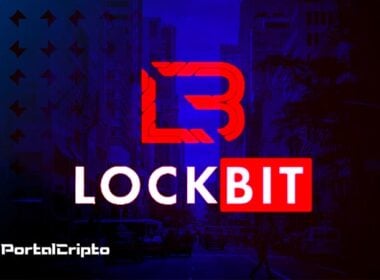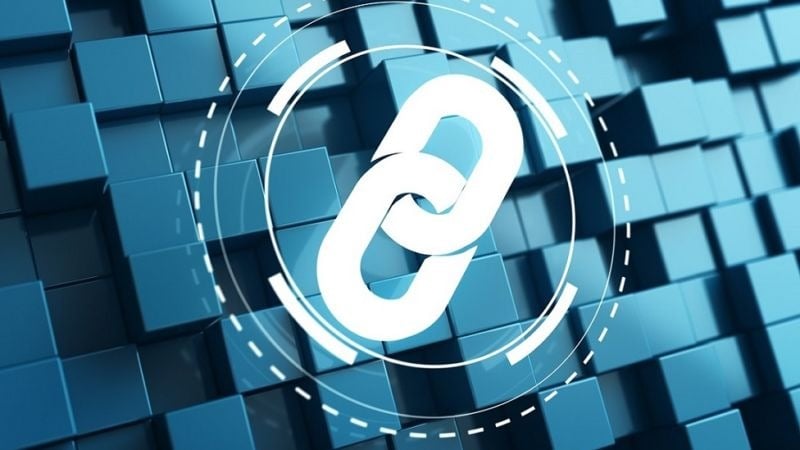What is a Blockchain Block?
A blockchain block is a basic unit of data storage on a blockchain network. It contains transaction information such as the time, date, amount, and participants involved. Each block is encrypted and connected to a previous block, creating a chain of interconnected blocks.
Each block is created by a process called mining. Miners use powerful computers to solve complex mathematical problems that validate transactions and create a new block. When the block is created, it is added to the blockchain network and previous blocks, creating a permanent and immutable record of all transactions.
Each block has a header that contains important information such as the previous block hash, the current block hash, a timestamp, and a nonce. The nonce is a random number that is added to the block header to make mining more difficult and to prevent cheating.
A blockchain block can store multiple transactions depending on the block size. For example, the Bitcoin block size is around 1MB, which allows you to store around 3.000 transactions. However, the block size may vary depending on the blockchain network and cryptocurrency.
In short, a blockchain block is a basic unit of data storage on a blockchain network. It contains transaction information, is created by a mining process, and is added to the existing blockchain. Each block is encrypted and connected to the previous block, creating a permanent and immutable record of all transactions.
How does the blockchain block work?
A blockchain block is a basic unit of data storage on a blockchain. It contains information about transactions, as well as other important information such as the date and time the transaction took place. Each block is connected to other blocks in a chain, thus forming the blockchain.
When a transaction is performed, it is verified by the blockchain network. If the transaction is valid, it is added to a block. That block is then added to the blockchain, becoming part of the blockchain.
Each block is cryptographically protected, which means that it is immutable and cannot be changed. This ensures that data integrity is maintained and transactions are secure.
To add a block to the blockchain, it is necessary to solve a complex mathematical problem. This process is known as mining and is performed by blockchain miners. Miners use their computing power to solve the problem, and the first miner to solve the problem is rewarded with an amount of cryptocurrency.
Once a block is added to the blockchain, it is distributed to all nodes on the network. This ensures that everyone on the network has an identical copy of the blockchain and that transactions can be verified by anyone on the network.
In short, a blockchain block is a basic unit of data storage on a blockchain. It contains transaction information and other important information and is protected by encryption to ensure data security. To add a block to the blockchain, it is necessary to solve a complex mathematical problem through the mining process.






